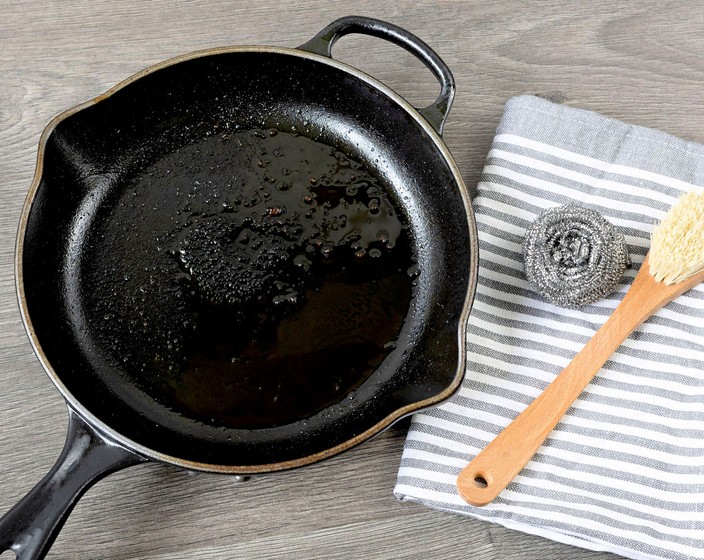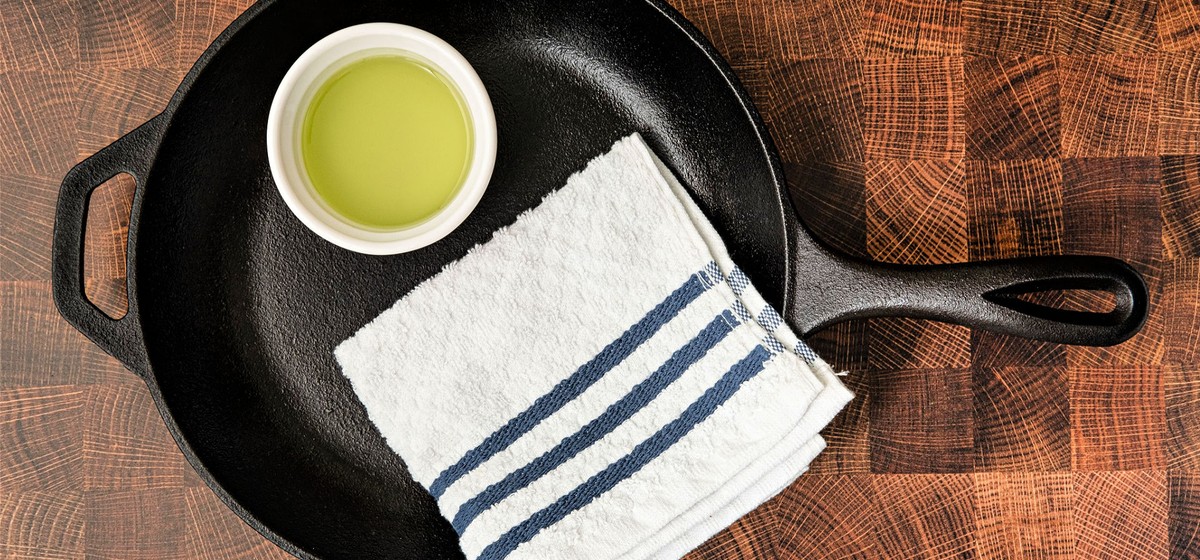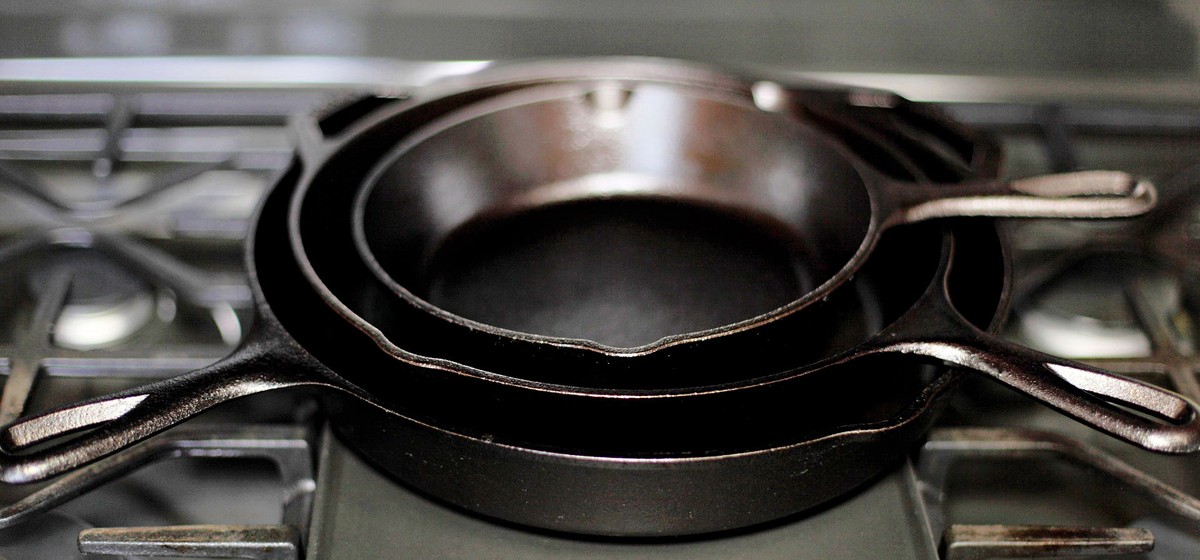How To Clean and Re-Season a Burnt Cast Iron Skillet




A cast iron skillet is one of the most beloved types of cookware. It retains the heat well; it can be used both on a stove and in an oven, not to mention you can use the cookware piece forever if you take care of it. The list goes on and on.
However, some people may feel confused when cleaning the cast iron skillet, especially with burnt food stuck to it. A well-maintained cast iron skillet has this beautiful black layer, which works as a non-stick seal that prevents the skillet from burnt-on, rust, and cracking.
Don’t panic when you see words like burnt-on, rust, and cracks! The guideline is straightforward and has all the tips you need for cleaning and seasoning a burnt cast iron pan. Keep them in mind, and you will be able to pass this precious cookware piece from generation to generation. Let’s get started!
Warm or hot water helps the food stains to come off more easily.
As a rule, try to clean the cast iron skillet immediately after each use, so the burnt food on the skillet will be less sticky. It’s ideal not to wash the cast iron skillet with dish soap as it will take off the seasoning on your skillet.
Avoid soaking the cast iron skillet in water overnight, or put it in a dishwasher at any cost unless you want a rusted cast iron skillet for decoration purposes.
Don’t forget, metallic scrapers will have the cast iron skillet lose the hard-earned seasoning, and you don’t want that.
You can also scrub off the food stains with kosher salt and a towel; it’s also pretty effective. If the burnt-on food doesn't come off by rinsing and you don’t want to waste so much kosher salt, boil the cast iron skillet on a stove with water inside and scrub the skillet in the meantime.
This stripping process can be elbow grease with extremely stubborn burnt-on food or rust. This is when the baking soda will come in handy! Sprinkle baking soda on the cast iron skillet and scrub gently with the scraper.

Use a fair amount of oil to make sure every inch of the skillet is covered; including the handle, the walls, and the bottom. This protects the cast iron skillet from rusting in any spot.
Choose an oil with a high burning point, such as canola oil, sunflower oil, and avocado oil, so that your fire alarm doesn’t go off when heating the skillet on a stove or in an oven later.
Too much of anything is not good. In this case, you wouldn't want your cast iron skillet to get greasy and sticky. A thin oil coating works perfectly!
This step is called polymerization. The oil heats at a high temperature and forms a solid layer on the skillet's surface, which prevents the cast iron skillet from rusting and works as a non-stick coating.
You don’t have to bake the cast iron skillet every time after using it. One or twice a year is sufficient. However, you can do a quick re-seasoning on a stove as daily maintenance.
Heat the cast iron skillet on a stove until the oil starts to smoke, and then you can go ahead to store the skillet in a dry place after cooling down.

A well-seasoned cast iron skillet has a smooth dark shine to it. It’s non-stick and durable. Once you have a good layer of seasoning, you won't ever need dish soap. Give this guide a try, and feel free to pass it along with your cast iron skillet to the future generation!
Now that your cast iron skillet is nice and clean, you should try some of our favorite cast iron recipes!
And if you don’t have a cast iron yet, these recipes will convince you to get one!